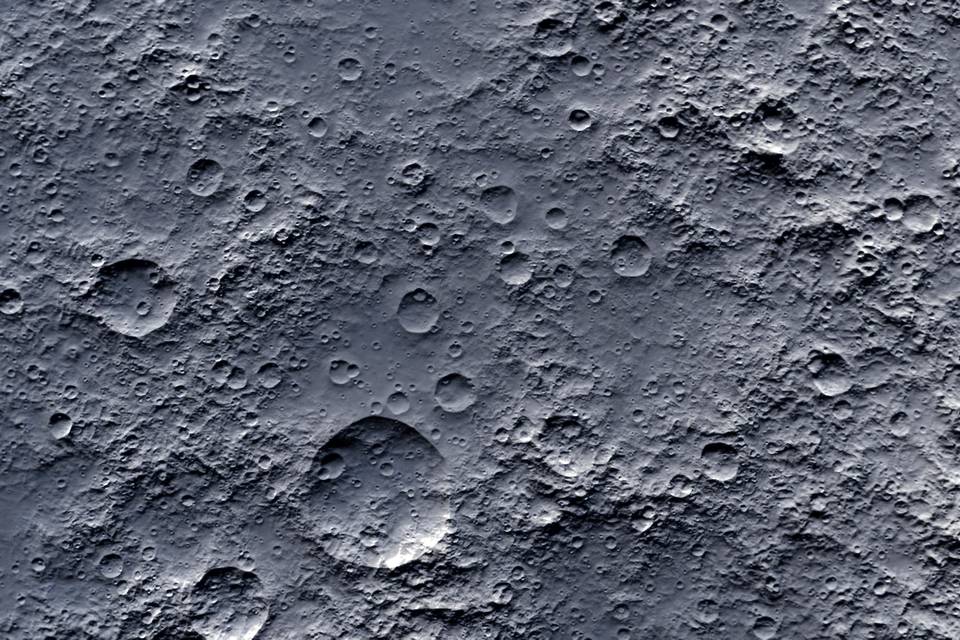A team of researchers from Europe is working on a system to produce breathable oxygen from simulated moon dust.
The ability to generate oxygen using moon resources is highly significant. Not only would it allow future lunar settlers to breathe, but the oxygen could also be used to power the local production of rocket fuel.
Luckily, scientists discovered that samples of lunar dust — known as regolith — from the Apollo mission contains about 45 percent oxygen. So, they had to devise a method to extract the gas from the moon dust.
Unfortunately, it’s not a simple process.
Oxygen in regolith exists as oxides, which form glass or minerals within the dust. That means some crafty chemistry is necessary to pull out the precious gas.
The researchers at the European Space Research and Technology Centre (ESTEC) did just that. They devised an oxygen extraction process which uses a method called molten salt electrolysis.

“Being able to acquire oxygen from resources found on the Moon would obviously be hugely useful for future lunar settlers, both for breathing and in the local production of rocket fuel,” Beth Lomax, a chemist at the University of Glasgow whose Ph.D. work is being supported through ESA’s Networking and Partnering Initiative, said.
Extracting Breathable Oxygen From Simulated Moon Dust
The method involves placing regolith in a metal basket with calcium chloride salt serving as an electrolyte. Next, the researchers heated the mixture to a temperature of 950°C.
While the regolith remained in a solid-state during the heating process, passing a current through it released the oxygen. The gas then passed through the salt to be collected at an anode.
As a bonus, the electrolysis process also converts the regolith into usable metal alloys. Rather than treat the metals as a waste, the researchers are considering potential applications in the lunar environment.
For example, they could transform the metal alloys into compounds for 3D printing.
At the moment, the researchers have a working prototype for extracting oxygen from regolith. However, further adjustments are required to make it suitable for use on the Moon.
These include reducing the operating temperature and replacing the simulated moondust with the real deal.
The ESTEC team hopes to have a functional, moon-ready system by the mid-2020s.



















Comments (0)
Most Recent